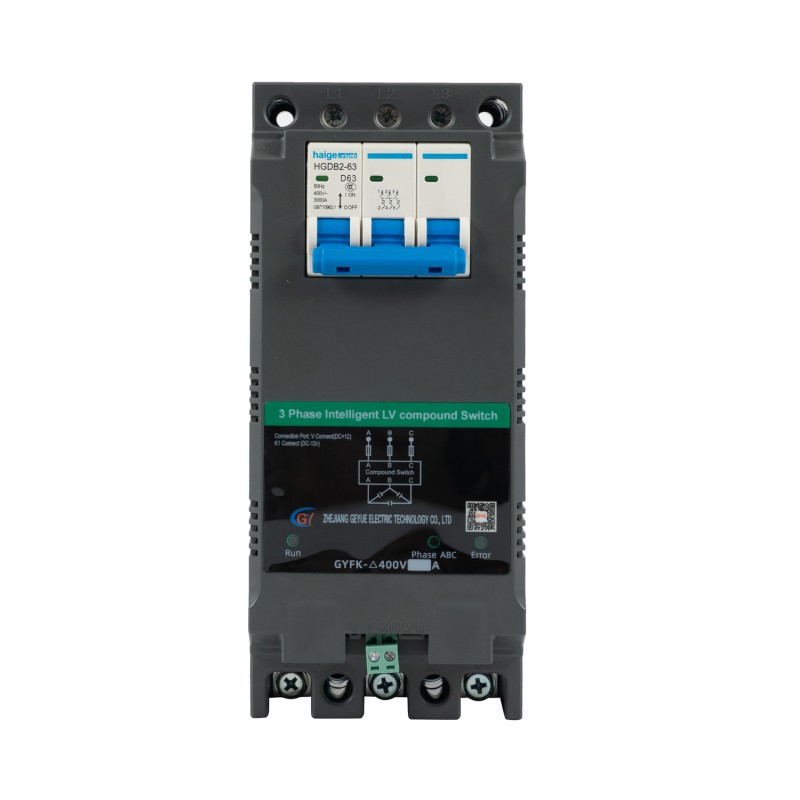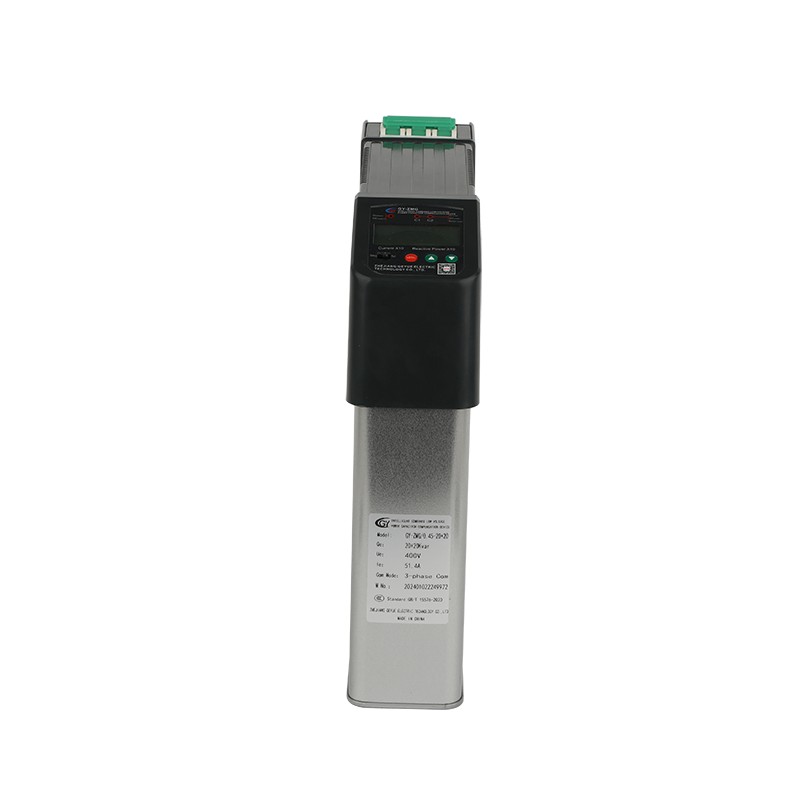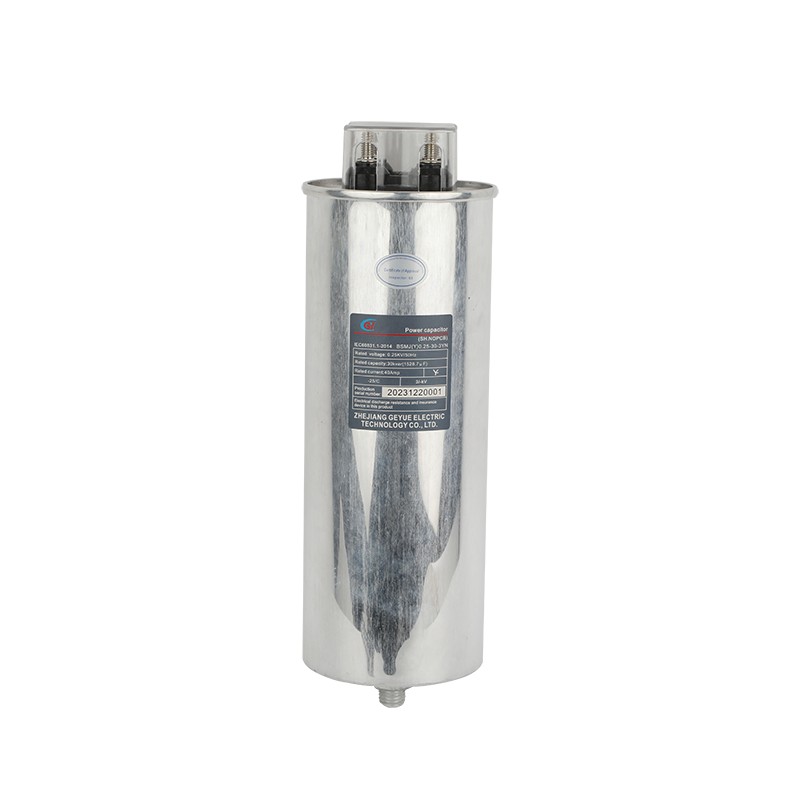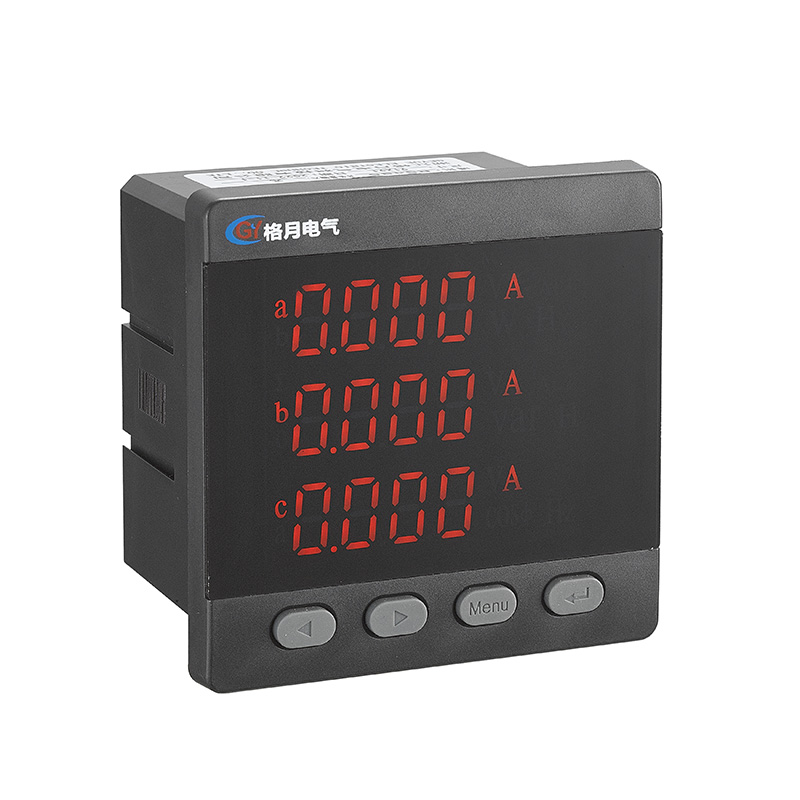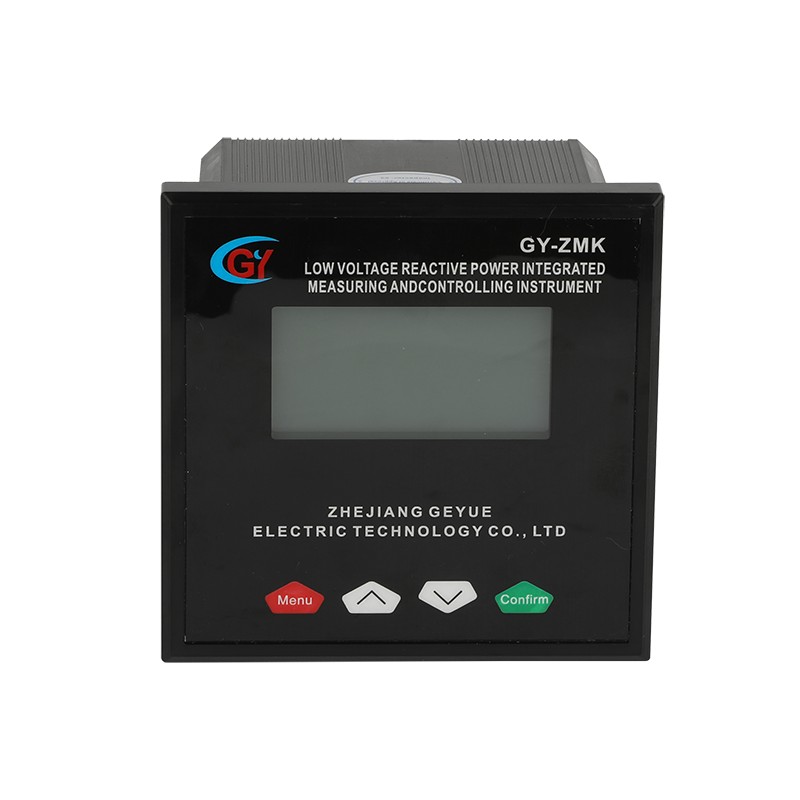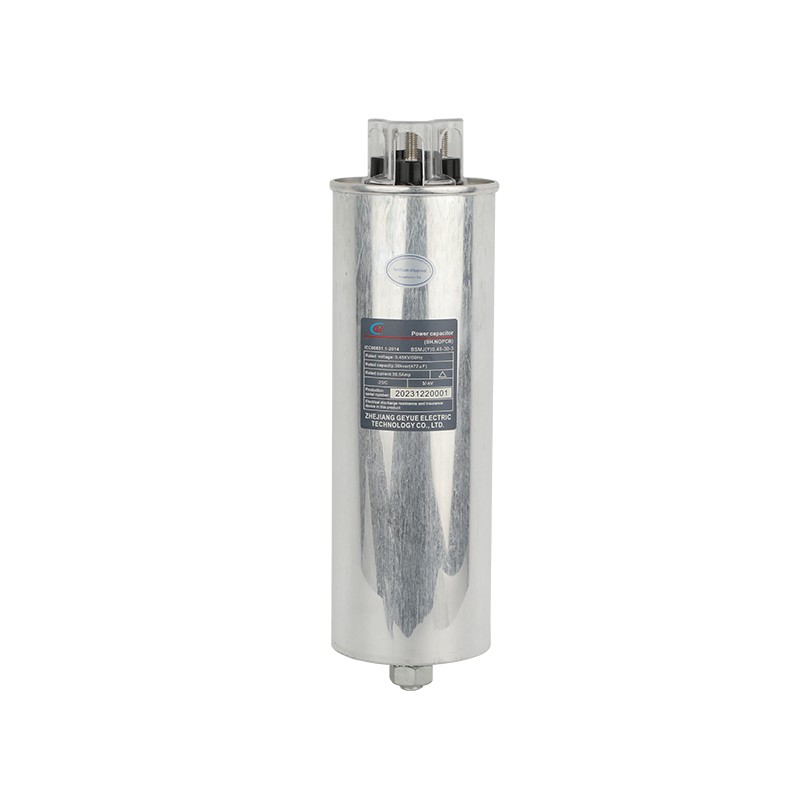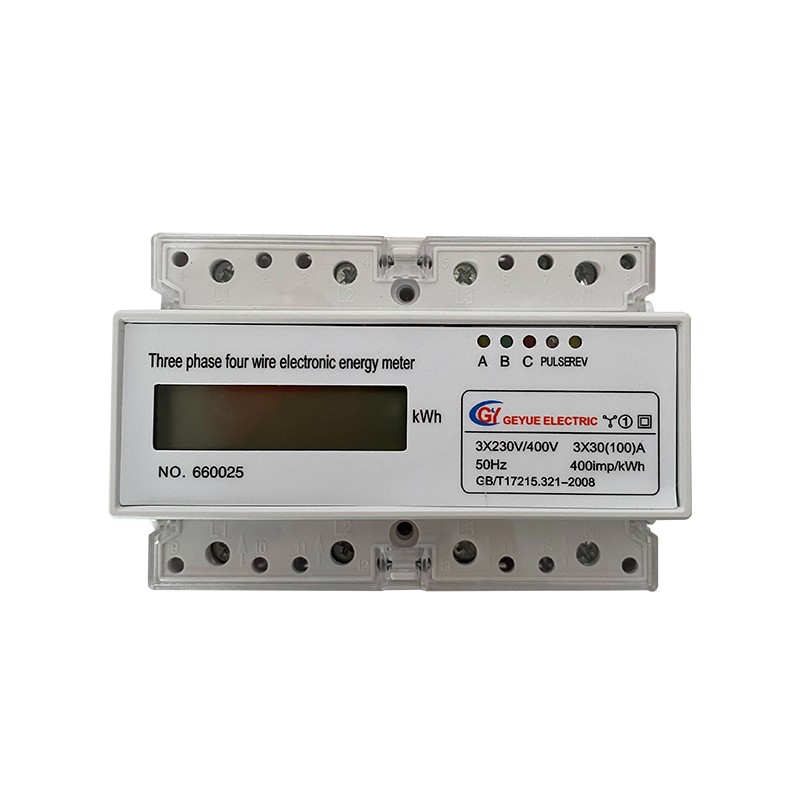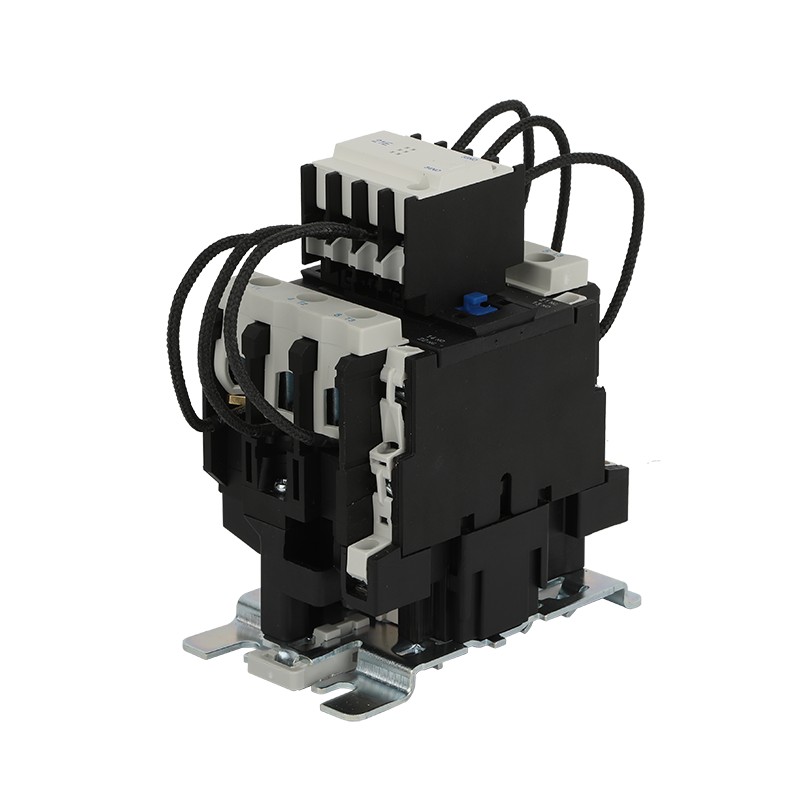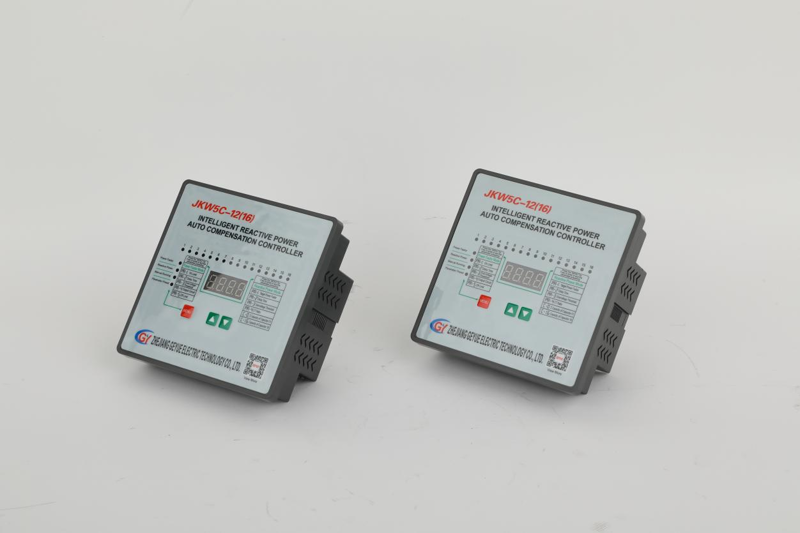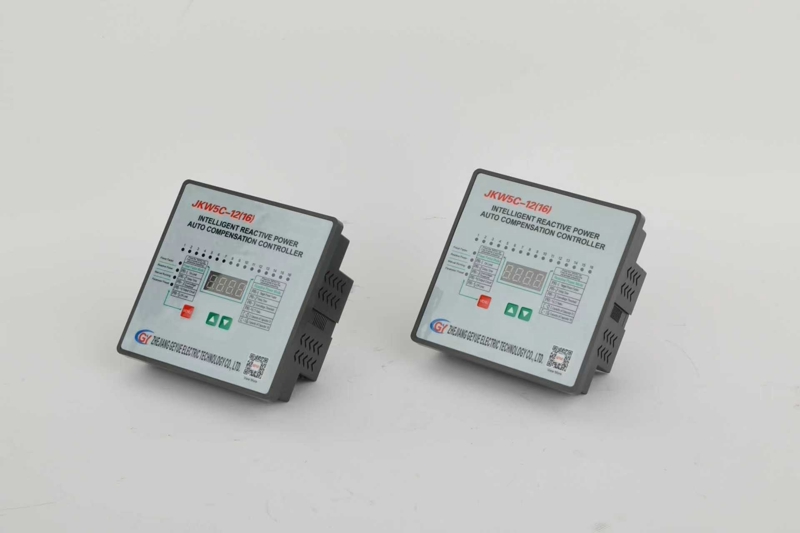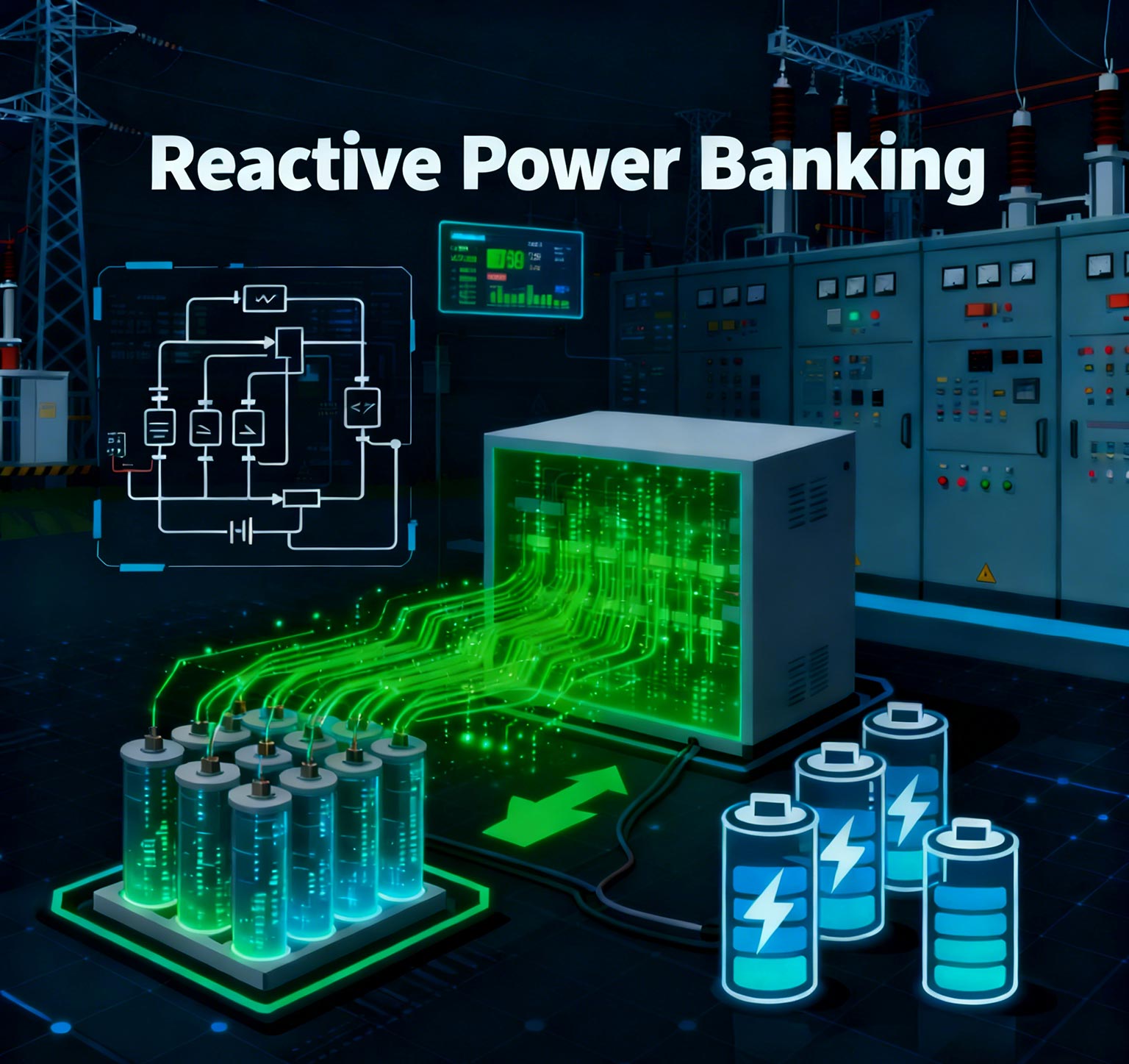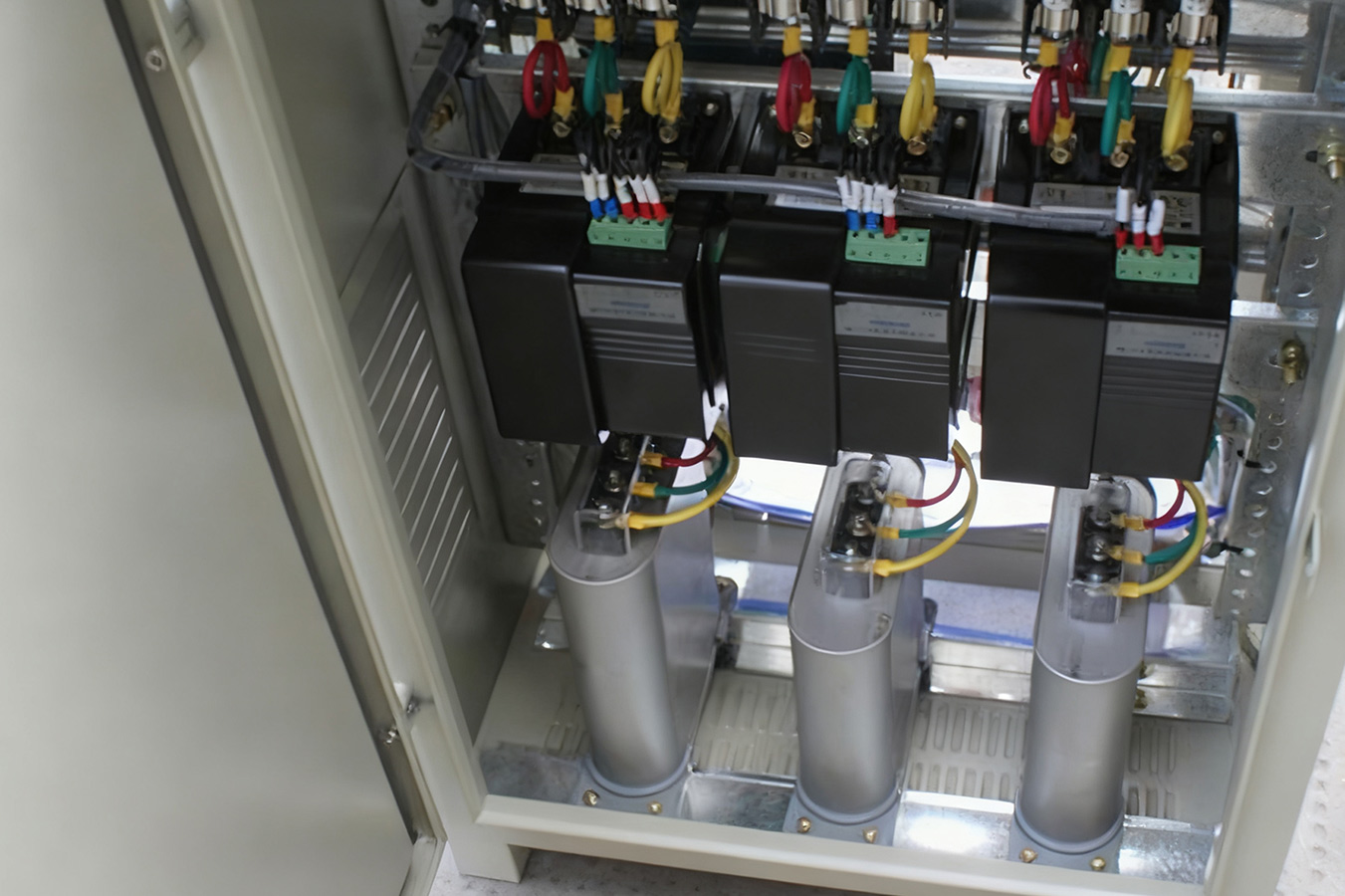Do You Really Have a Clear Understanding of the Industry Landscape in the Field of Low-Voltage Reactive Power Compensation in China?
After decades of development, the low-voltage reactive power compensation industry in China has formed a complete industrial chain system. As an insider in this field, Geyue Electric has deeply recognized that the current industry landscape is undergoing profound changes. This article will analyze the current status and development trend of China's low-voltage reactive power compensation industry from three dimensions: market structure, technological evolution, and competitive situation.
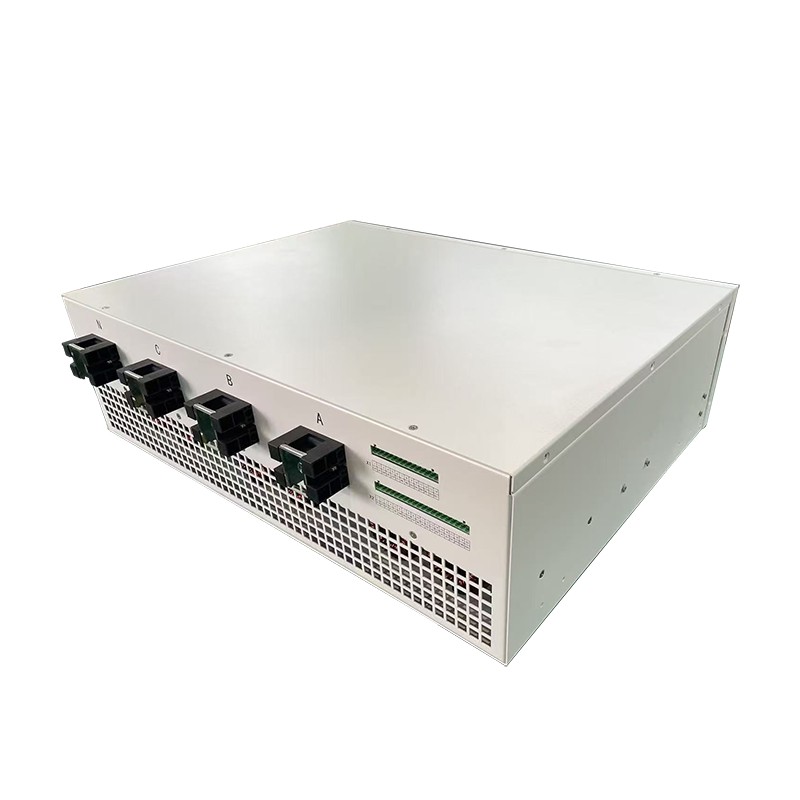
A Diversified and Stratified Market Structure
The low-voltage reactive power compensation market in China can be divided into three major sectors based on application fields: traditional industry, new energy, and buildings. The traditional industry sector includes high-energy-consuming industries such as metallurgy, chemical engineering, and mining, where the reliability and stability of reactive power compensation equipment are extremely demanding. The new energy sector encompasses emerging applications such as photovoltaic power stations, wind farms, and electric vehicle charging stations, which have specific requirements for dynamic compensation and rapid response. The building complex sector includes commercial complexes, hospitals, data centers, and other places, where users place greater emphasis on the compactness and intelligence of the equipment.
From the perspective of regional distribution, the East China region, as the most economically developed area in China, has gathered numerous manufacturers and users of reactive power compensation equipment. The South China region, relying on its manufacturing foundation, has become an important market. The North China region has shown an excellent development trend in the field of new energy. The Central and Western regions, with the accelerated pace of industrial transfer, are experiencing a rapid growth in market demand. These various regional distribution characteristics basically align with the economic development pattern of China.
Different-sized enterprises can find their own positions in Chinese market. Large enterprises, leveraging their brand and technological advantages, dominate the high-end market. Medium-sized enterprises, relying on their distinctive products, occupy a place in specific segments. Small enterprises, through price competition, secure their survival space. This multi-level market structure not only maintains competitive vitality but also promotes technological innovation.
The Technological Evolution towards an Intelligent Era
China's low-voltage reactive power compensation technology is evolving at an astonishing speed from the traditional mode to an intelligent one. Traditional reactive power compensation equipment mainly adopts the method of contactors switching capacitors, which has disadvantages such as slow response speed and large inrush current. With the advancement of power electronics technology, new intelligent compensation equipment like static reactive power generators (SVG) have gradually become widespread, featuring advantages such as fast response speed and high regulation accuracy.
In addition, modern reactive power compensation equipment is generally equipped with communication interfaces, which can be connected to the energy management system to further achieve remote monitoring and intelligent control. Artificial intelligence technology has also begun to be applied in the field of reactive power compensation. By using learning algorithms, AI technology can predict changes in load and assist reactive power compensation equipment in achieving advanced compensation.
The Increasingly Fierce and Complex Competitive Situation
The market competition in low-voltage reactive power compensation has shown new characteristics. Price competition still exists but its importance has declined. Technical strength and service capabilities have become the key factors in competition. Users are increasingly focusing on product performance and quality, and are willing to pay a premium for products with high reliability. This change has prompted enterprises to increase their research and development investment and enhance their product competitiveness.
The pace of industrial chain integration has become increasingly tight. Upstream component suppliers are extending their business to the downstream, while equipment manufacturers are expanding into the upstream. This vertical integration helps enterprises control costs and ensure the security of the supply chain. There are also more horizontal merger and acquisition cases. Many enterprises achieve business diversification by strategic acquisitions to complete their product lines or enter new markets, such as in the field of new energy.
An international competition pattern is gradually taking shape. Chinese domestic enterprises, leveraging their cost advantages and technological accumulation, have begun to participate in international market competition. Foreign enterprises, on the other hand, reduce costs through localized production to enhance their competitiveness in the Chinese market. This two-way flow promotes technological exchanges and industrial upgrading.
Future Development Trends and Prospects
With the construction of smart grids and the widespread use of power electronic equipment, the demand for reactive power compensation in the power system is continuously increasing. The low-voltage reactive power compensation industry is developing towards a more intelligent, more efficient and more reliable direction.
The application of emerging materials such as wide bandgap semiconductors will enhance the performance of reactive power compensation equipment, while digital twin technology will provide support for the predictive maintenance of reactive power compensation systems. The deepening of these innovative technologies will drive the upgrading and replacement of low-voltage reactive power compensation products, creating new market opportunities.
The gradual improvement of the standard system and industrial ecosystem will promote the standardized development of the reactive power compensation industry. Equipment manufacturers, system integrators, and operation and maintenance service providers will form a close cooperation network, jointly creating value for users.
Geyue Electric will continue to pursue technological innovation, enhancing the performance and quality of our products, constantly contributing to the development of the low-voltage reactive power compensation industry in China. We believe that through the joint efforts of the industry, the development of the low-voltage reactive power compensation industry in China will achieve a significant leap, providing a strong guarantee for the safe and stable operation of the power system. If you are interested in Geyue Electric’s reactive power compensation devices, please don’t hesitate to write to info@gyele.com.cn, our team is more than glad to help.
- Can Cylinder Self-healing Shunt Capacitor Become the Ideal Choice for the Smart Grid Era?
- Apart from Saving Electricity Costs, What Value does Low-Voltage Reactive Power Compensation Bring to Enterprises?
- How does the Temperature Dependence of a Capacitor's Capacitance Value affect the Tuning Point of a Detuned Filter Circuit?
- Is There a Non-Invasive Way to Monitor the Internal Health of Power Capacitors, Such as Their Equivalent Series Resistance (ESR)?
- What Is the Concept of "Reactive Power Banking" or "Reactive Power Dispatch" in a Smart Grid Context?
- What Are the Recycling and Disposal Plans for Self-Healing Shunt Capacitors after the End of Their Life Cycle?

